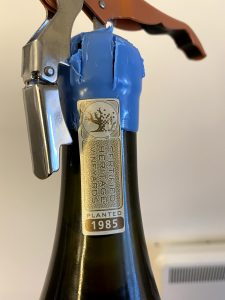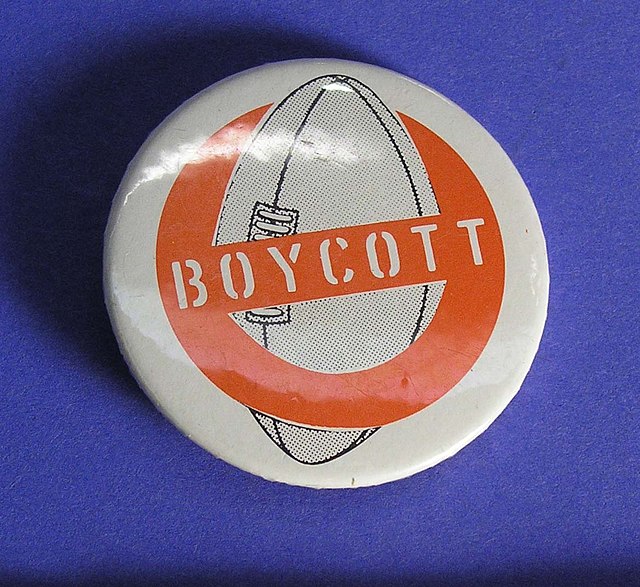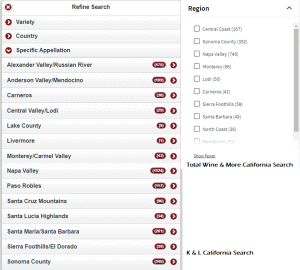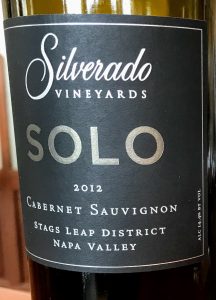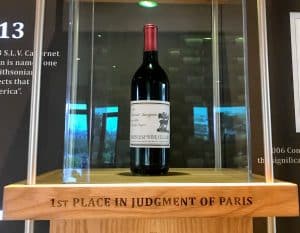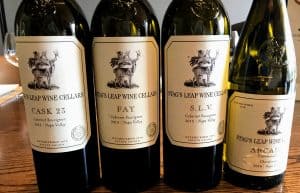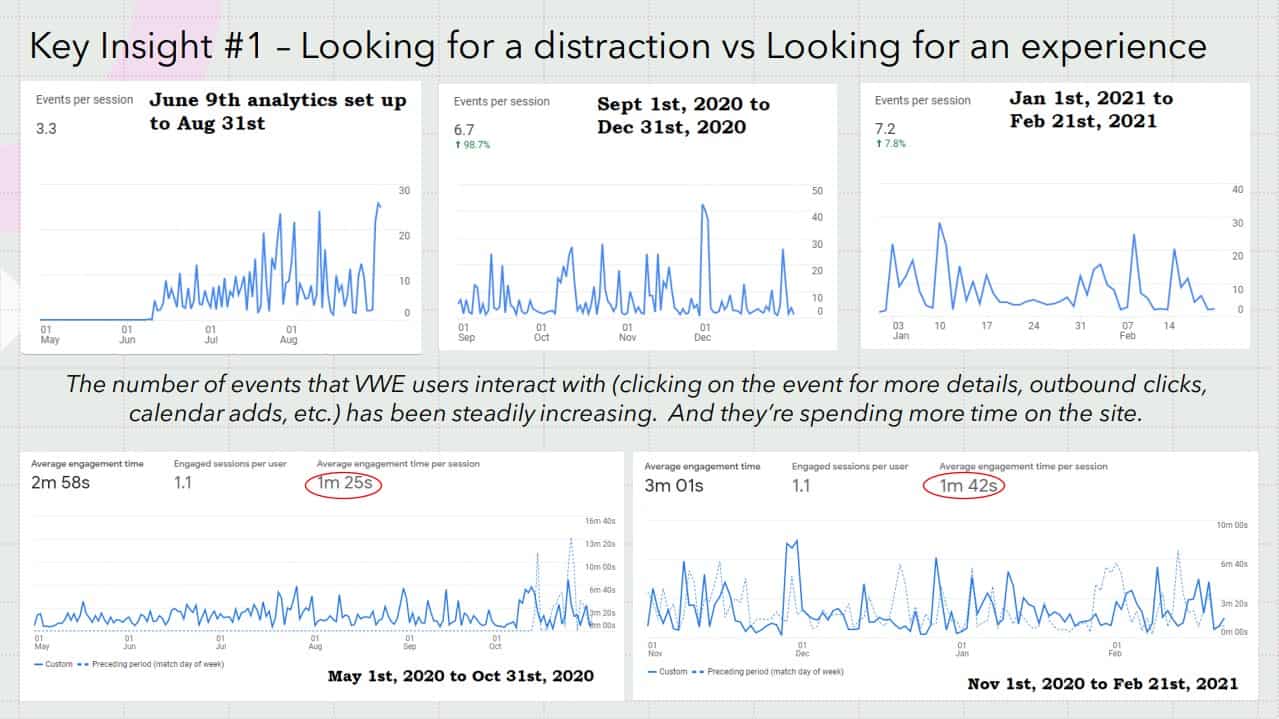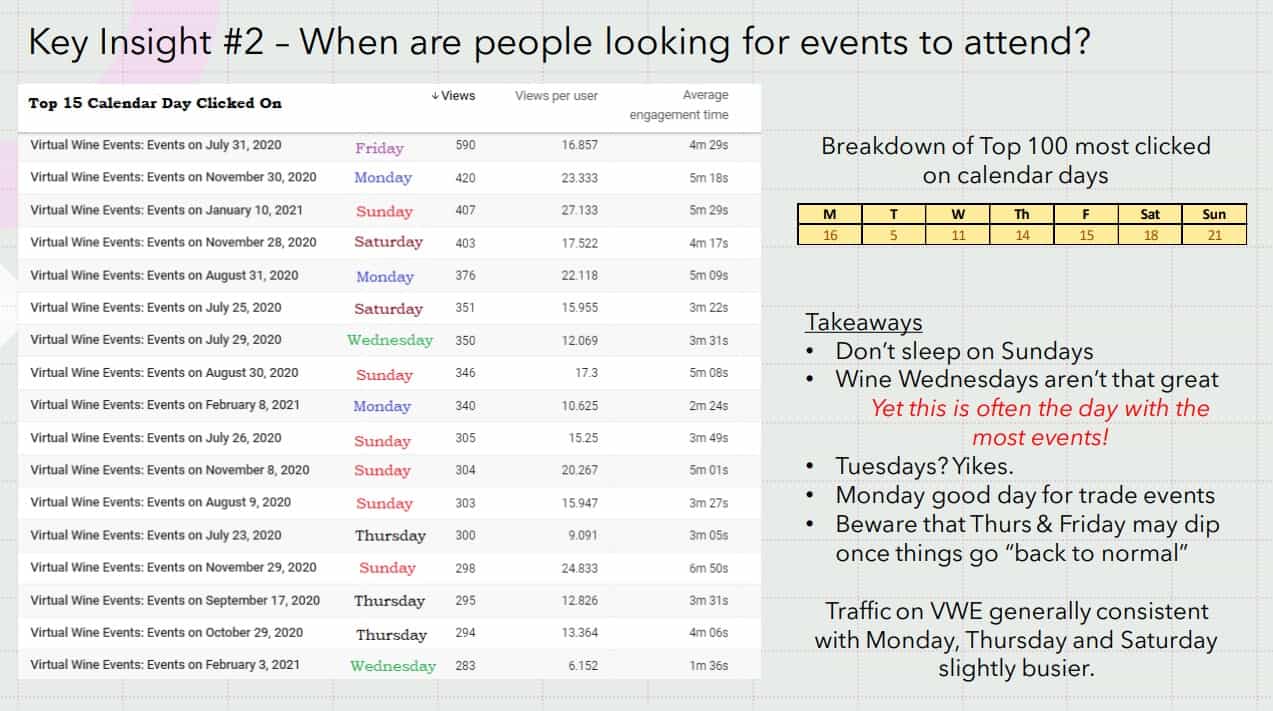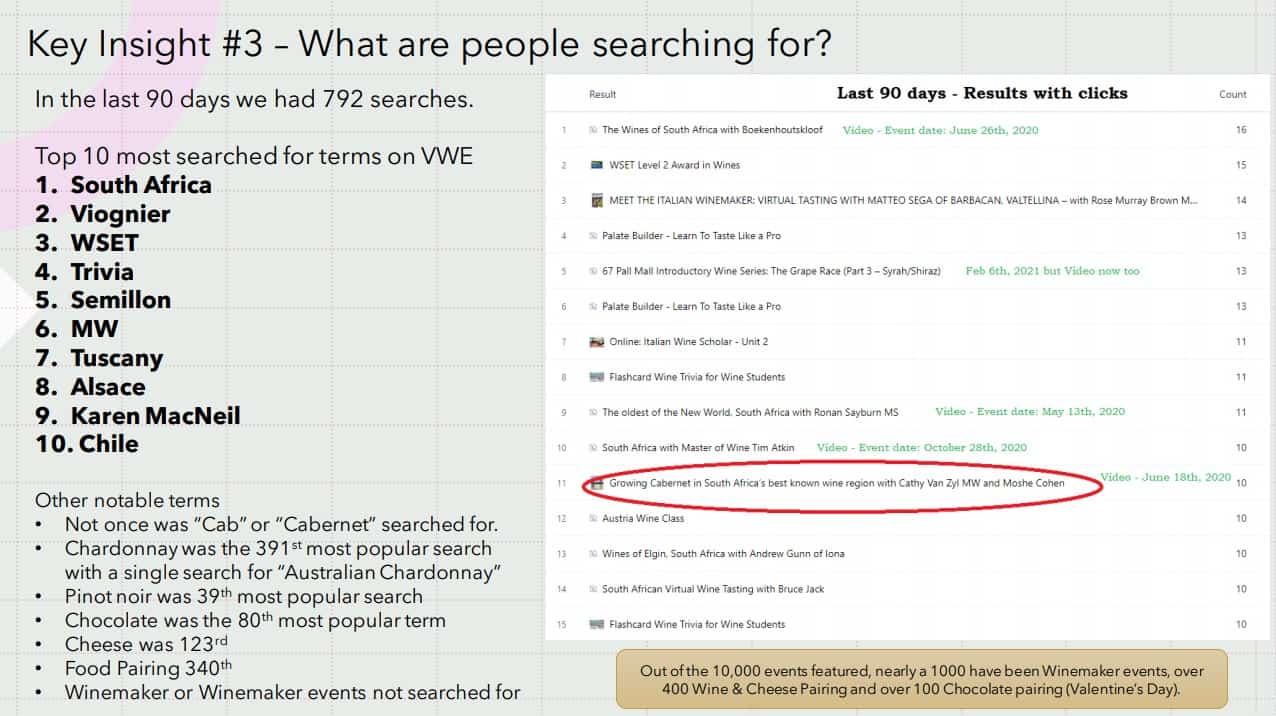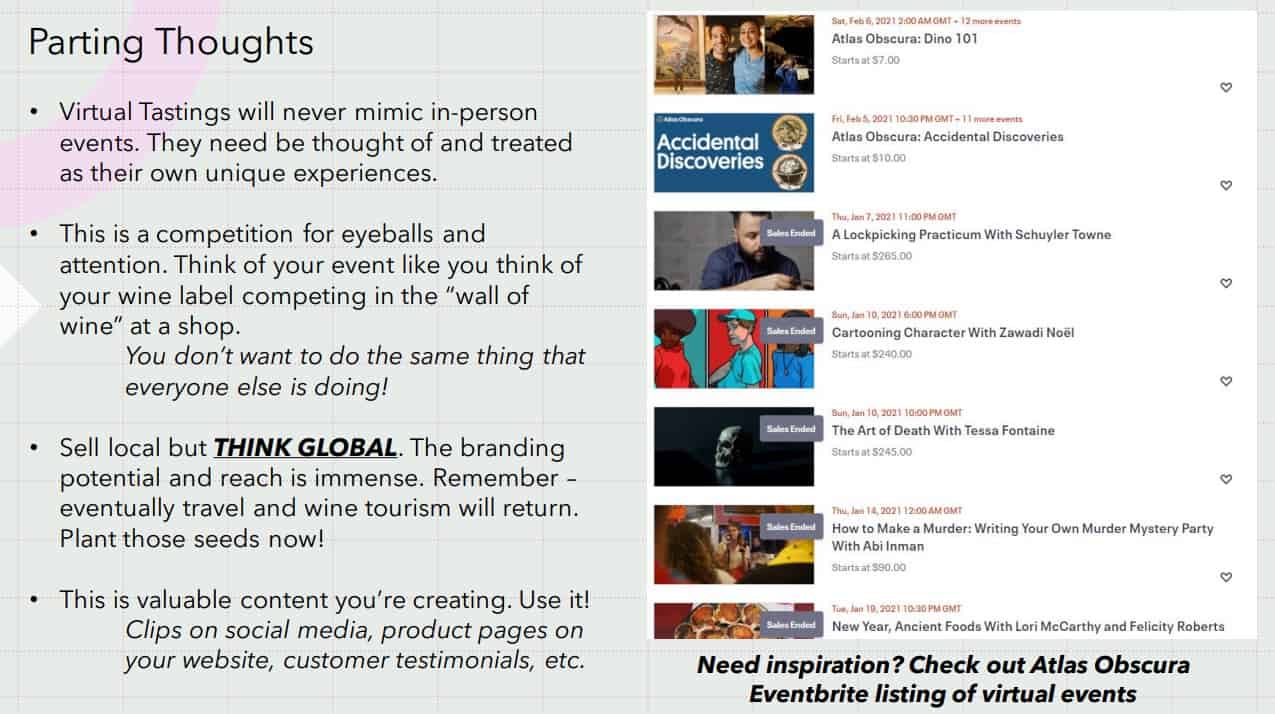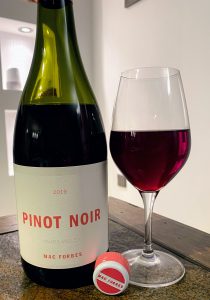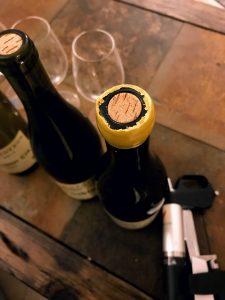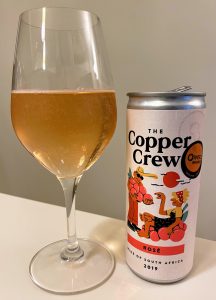I’ve been working my way through emails and social media DMs in response to my last two posts wondering about what the wine industry’s response to Texas’s abortion ban will be and frustrations over how wax can diminish the enjoyment of what is otherwise a remarkably delicious wine.
While there has certainly been some great support and insights learned from some of the conversations that these posts have sparked, there has also been some strangely emotional backlash from folks who didn’t take kindly to those posts as well.

Photo by Peer Kyle. Wikimedia Commons CC-BY-SA-3.0
I know that is par for the course in having a public blog and social media presence. And, yes, I know that being a woman with an opinion on the internet only ups that ante.
But I wrote these posts with the goal of encouraging conversations and moving them forward. So to the extent that they’ve moved some folks to email or message, berating me for harming wine regions, hurting brands and damaging small businesses, is a success of sorts. They’re at least thinking about the topic and talking about it–even if a few capslocks, obscenities and ad hominems get tossed in.
While I’ll remain steadfastly skeptical that I truly have the influence to really harm or damage anything, I’d like to make one thing clear.
I’m not here to sell your wine.
I don’t make a dime from this blog but then that’s never been my goal. There are plenty of consultants, marketers, PR firms and influencers who will gladly take wineries’s money to help them sell more wine. Please, seek them out as I’m sure they have a lot to offer.
The only thing that I’ve ever had to offer is just sincere and frank feedback. From my perspective as a consumer with how I shop for wine and spend my money through my experiences working in the retail trenches listening to customers and trying to share the stories of wineries big and small, it’s all there. Good, bad, ugly but honest.
That’s all I’ve ever promised with this blog and that’s all I’m ever going to give.
So if you don’t like the feedback, that’s fine.
If you don’t want to hear that your packaging decisions are turning off customers, that’s fine.
If you don’t want to hear that some consumers care about issues like sustainability, diversity, equity and politics or that those things can influence their buying decisions, that’s fine.
But that’s not going to change what I write or how I’m going to write.
I’m not paid to parrot any lines.
And while I do what I do out of a sincere love for this industry, I’m not going to let myself be beholden to it. Sure, having access and opportunities to attend tastings, winemaker visits and press tours are nice but I won’t be led by fear of biting the hand that feeds me. Because this doesn’t feed me. At all.
What feeds me is having a voice and being able to speak truth to what I see. There are so many consumers who encounter the same things I encounter and think many of the same thoughts but won’t say a word. And why should they? They’re not being paid to help wineries sell wine either. There’s little reason for consumers to ever speak up and give feedback because they can just walk away and move on to the next bottle.
And there’s always another bottle.
That is the one message that I want to reverberate through everything I write. There are so many wines to discover, so many wineries and wine regions to visit. The choices that consumers have is boundless and extend far beyond the category of just wine.
Producers should never take any sale for granted. There is nothing they’re entitled to even if they make great wine. The history of the wine business is littered with stories of talented winemakers making marvelous wines from fabulous terroirs that still failed. Those stories all have their nuances and particular reasons but many simply come back to the fact that consumers have choices. And, sometimes, they choose to drink something else.
For the wineries that read this blog, all I have to say is this. Somewhere, someone is making a choice about whether or not to buy your wine. Hopefully they, and many more, choose to do so.
But there are going to be some that decide against it for various reasons. So how about not shooting the messenger for highlighting those reasons?

